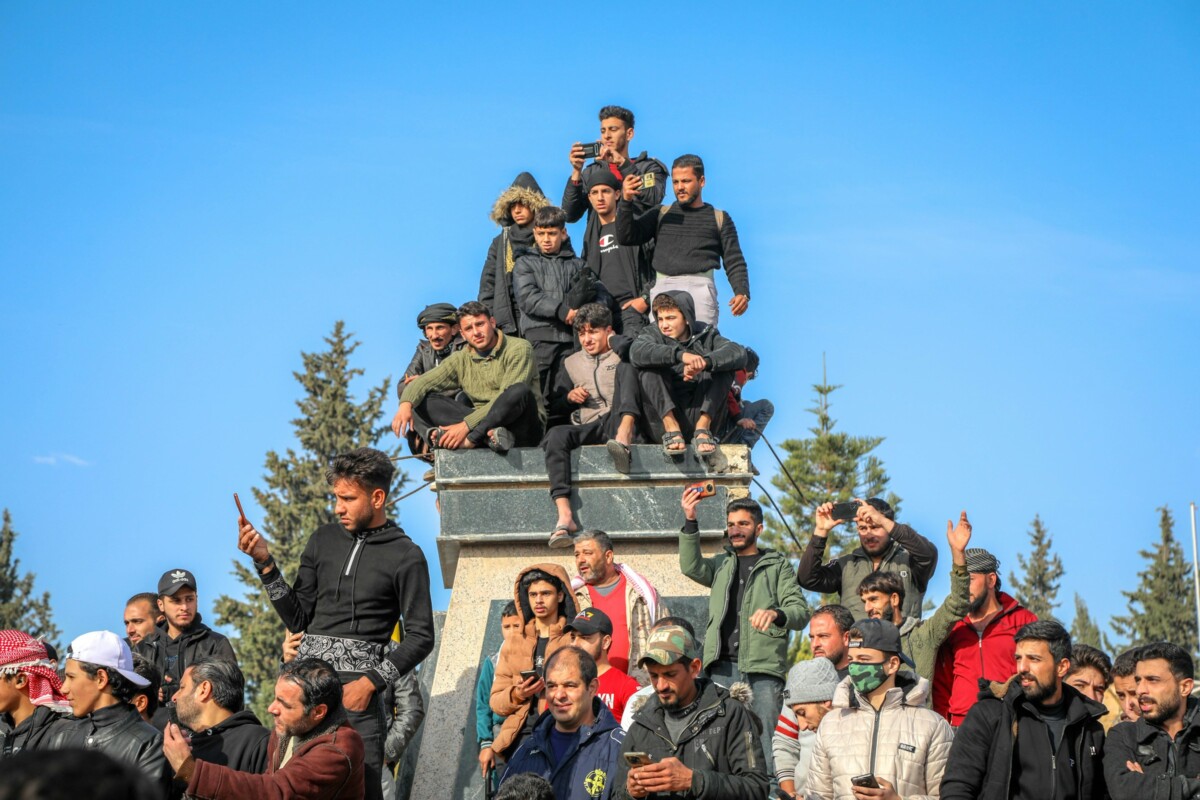Shifting Sands: Unveiling Syria’s New Power Dynamics
New report analyzing the new balance of power in Syria released today by MJRC
Ahmed al-Sharaa, once a paramilitary commander and now serving as Syria’s new president since last January, sought to reassure his fellow citizens that his administration would not interfere heavily in their day-to-day lives. While these promises have been met with some skepticism, observers, including Western politicians and journalists, have generally given his remarks a cautiously positive reception.
However, as highlighted by a new report from the Media and Journalism Research Center (MJRC) released today, Syria’s journey toward establishing a true democracy is laden with significant obstacles.
Many contentious issues, such as the role of women wearing the hijab or regulations surrounding alcohol consumption, are being left to the legal experts tasked with drafting the country’s new constitution. Yet, early indications do not paint a rosy picture.
To illustrate, key government roles have predominantly gone to al-Sharaa’s close allies and family members. This includes his brother, now the Minister of Health; a cousin who has taken on the role of governor of Damascus; and a controversial appointee—formerly a jihadist and erstwhile director of Idlib’s infamous “Al-Aqab” prison—entrusted with leading the General Intelligence Directorate.
In this setting, the outlook for the Syrian media hangs precariously in the balance. Previously, the country’s press was entirely manipulated by the ruling regime, publishing only what was deemed appropriate by the dictatorship of the now-ousted Bashar al-Assad and functioning largely as a government propaganda machine. At present, there’s little evidence to suggest that the new administration plans to foster a climate conducive to free and independent journalism.
This report forms part of the MJRC’s study series titled Media and Politics.
See the report here.
Photo by Mahmoud Sulaiman on Unsplash
Support independent media research – your donation helps keep our work open.
Donate
